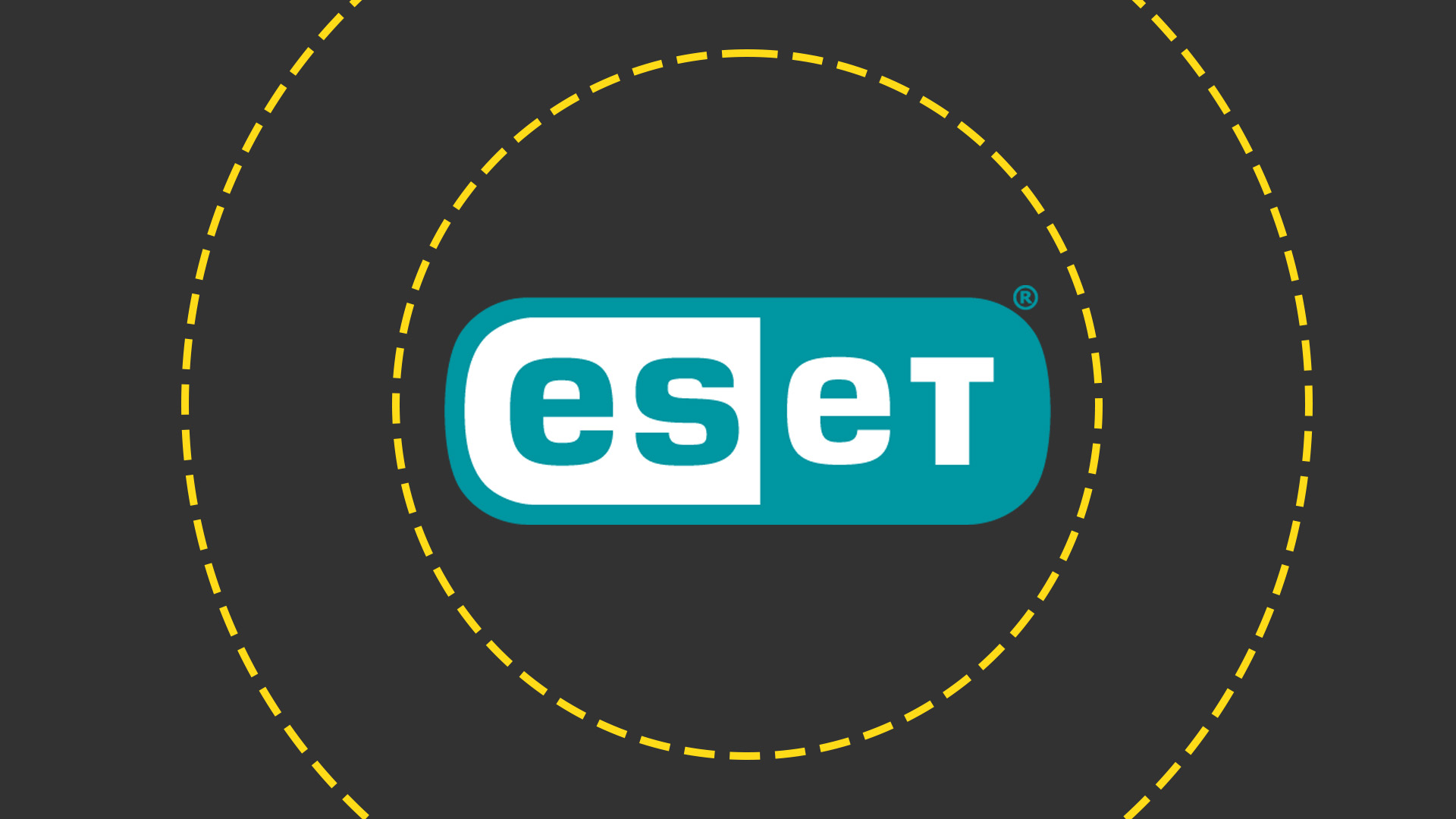Boston Value Series 380 G8 review
Boston delivers Supermicro’s first Xeon E5-2600 rack server with a keen focus on high performance network storage applications. It’s good value and in this review, Dave Mitchell takes a closer look at the features on offer.
The VS 380 G8 delivers a good combination of Xeon E5 processing power, disk capacity and hardware redundancy making it a fine choice for providing essential network storage services. It won’t be worrying Dell’s new PowerEdge R720 for features and its remote management is very basic, but the VS 380 G8 does represent comparatively good value

This solidly built 2U chassis also hits the spot for storage capacity. The front panel has room for up to twelve LFF hard disks in hot-swap carriers, allowing it go up to 36TB using 3TB SATA III drives.
The motherboard's embedded controller provides two SATA III and four SATA II onboard interfaces. It supports mirrors, stripes and RAID-5 in Windows, but Boston has eschewed this in favour of a Supermicro SAS SMC2108 RAID PCI-e card.
Boston has also fitted a SAS 2/SATA III backplane to the server and combining its integral SAS expanders with the RAID card not only brings all 12 drive bays into play, but also adds RAID-6 and -60 to the array equation.

The server includes redundant 920W hot-plug supplies and has plenty of expansion potential.
For this review sample, Boston has focused on a low price and high capacity rather than performance, so the server came with a quartet of 1TB Western Digital RE4 Enterprise SATA II drives.
The internal layout is good, with plenty of clear access for maintenance and upgrades. A large plastic shroud covers the processors and memory sockets, and all chassis cooling is managed by three large hot-plug fans behind the disk backplane that don't generate much noise.
Plenty of network connections are also available, thanks to four embedded Gigabit ports, plus there's room to add more as even with the RAID card in residence, there are still five PCI-e Gen3 slots of various speeds.
Note that the new Sandy Bridge-EP architecture has the IOH (I/O Hub) moved on-chip and now provides forty PCI-e lanes per socket. This means the PCI-e slots are split into two groups on the motherboard and so both CPU sockets must be populated if all of them are to be used.
The Value Series 380 G8 isn't a great choice for virtualisation, as although it has a huge memory capacity, there's only one internal USB port for booting into a hypervisor. However, it does have an onboard power connector next to its SATA ports specifically for a SATA DOM, so it could easily run apps such as the Open-E data storage software for NAS, iSCSI and FC SAN services.
Get the ITPro daily newsletter
Sign up today and you will receive a free copy of our Future Focus 2025 report - the leading guidance on AI, cybersecurity and other IT challenges as per 700+ senior executives
Dave is an IT consultant and freelance journalist specialising in hands-on reviews of computer networking products covering all market sectors from small businesses to enterprises. Founder of Binary Testing Ltd – the UK’s premier independent network testing laboratory - Dave has over 45 years of experience in the IT industry.
Dave has produced many thousands of in-depth business networking product reviews from his lab which have been reproduced globally. Writing for ITPro and its sister title, PC Pro, he covers all areas of business IT infrastructure, including servers, storage, network security, data protection, cloud, infrastructure and services.
-
 LockBit ransomware group falls victim to hackers itself
LockBit ransomware group falls victim to hackers itselfNews A data leak has revealed negotiations with victims, along with Bitcoin wallet addresses, affiliate accounts and details of attacks
By Emma Woollacott Published
-
 AI-powered banking fraud on the rise – but financial institutions are fighting back
AI-powered banking fraud on the rise – but financial institutions are fighting backNews Banks are increasingly using AI to combat scams, but say that the need for good data management can make progress slow
By Emma Woollacott Published
-
 ESET targets partner profitability with new MDR bundle
ESET targets partner profitability with new MDR bundleNews The security firm's managed detection and response services and products are now available as part of a single SKU to enhance the partner sales process
By Daniel Todd Published